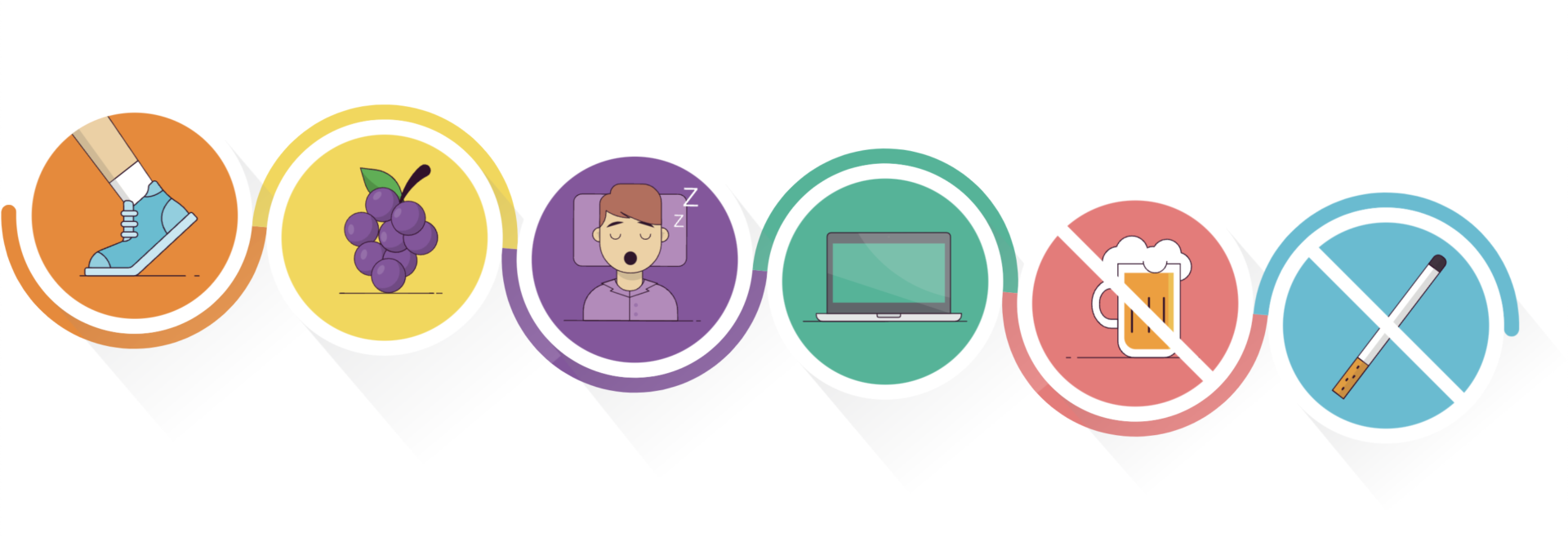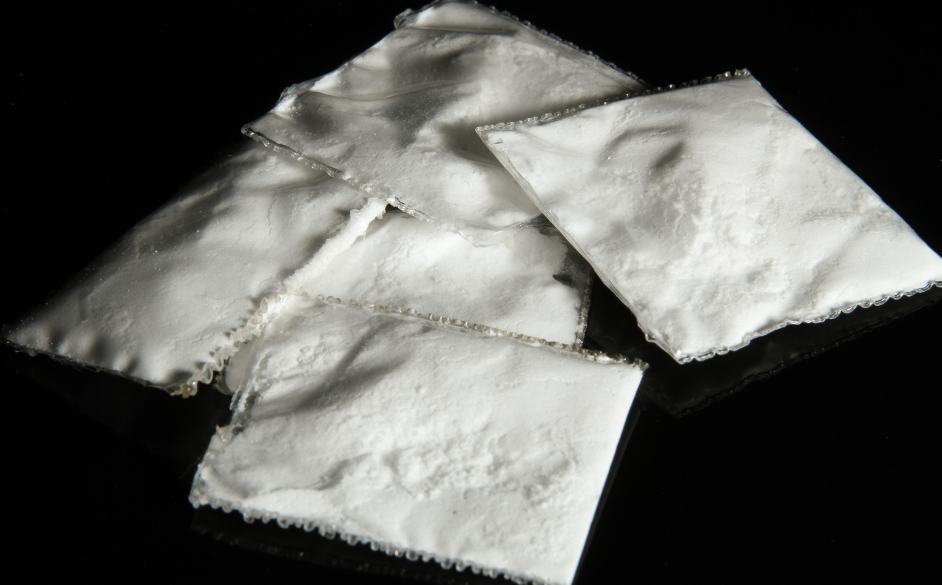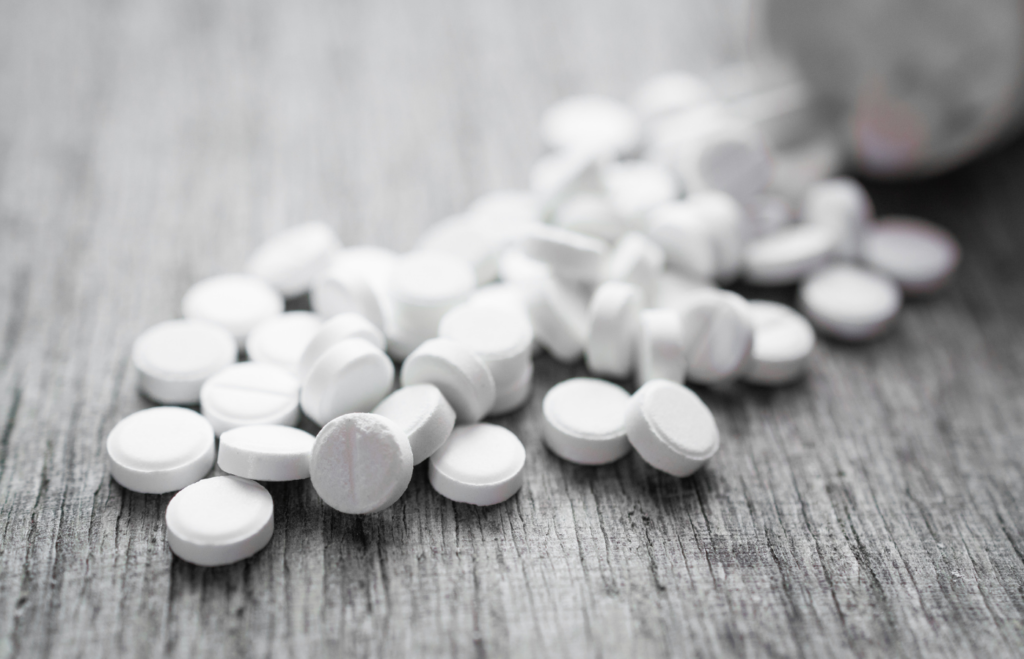
What if there was a key that held the answer to improving the mental health of Australian adolescents? Well, it turns out this might not be such an implausible idea… Except instead of one key, it’s six.
Cue “The Big Six modifiable factors for youth mental health,” an article featured in InSight+ by Dr Lauren Gardner and PhD candidate Scarlett Smout from our colleagues at The Matilda Centre at The University of Sydney.
The article discusses the following six factors (coined the ”Big 6”) that have an impact on youth mental health: diet, physical activity, sleep, sedentary recreational screen time, alcohol use and tobacco use. The article highlights the importance of addressing these factors in youth mental health interventions and prioritising prevention at an individual level.
The rates of mental health disorders amongst young people in Australia have increased significantly over the past 20 years to the point of crisis.
While social determinants contribute to mental ill-health and treatment inequality (which need to be addressed through policy changes), prevention also needs to happen at the level of the individual. This study controlled for the social determinants of gender identity, age, cultural and linguistic diversity, relative family affluence and school affluence, and also found links between them and mental health outcomes.
Each of the Big 6 factors were found to have significant associations with depression, anxiety and psychological distress symptoms.
Note: when referring to mental ill-health symptoms, we are referring to anxiety, depression and psychological distress symptoms.
Diet:
Adolescents with zero/low consumption of sugar-sweetened beverage (SSB) had significantly lower mental ill-health symptoms compared to those who drank high amounts
Adolescents who consumed 3 serves of fruit daily had significantly lower mental ill-health symptoms compared to those who consumed less than one serve a day.
Adolescents who consumed 2 serves of vegetables a day had significantly lower mental ill-health symptoms compared to those who consumed less than one serve a day.
Physical activity:
The lowest mental ill-health symptoms were found in adolescents who engaged in six days of moderate to vigorous physical activity (for 60 minutes or more) in a typical week compared to those who didn’t.
Sleep duration:
Adolescents with an average of 10–10.5 hours sleep per night had the lowest anxiety scores compared to those who slept less than 5 hours.
Young people who slept an average of 9.5-10 hours per night had the lowest depression and psychological distress symptoms compared to those who slept less than 5 hours.
Screen time:
Adolescents who engaged in 31-60 minutes of screen time per day had the lowest mental ill-health symptoms compared to those who consumed 8 or more hours a day.
Those who did 1.5-2 hours of screen time a day still had significantly lower mental ill-health symptoms.
Alcohol:
Young people who had abstained from drinking a full standard alcoholic drink in the past 6 months had significantly lower mental ill-health symptoms compared to those who had drank.
Smoking:
Adolescents who had not smoked a cigarette in the past 6 months had significantly lower mental ill-health symptoms compared to those who had smoked.
The study found that each factor from the Big 6 related slightly differently to the three models of anxiety, depression and psychological distress symptoms. For example, exercise was a significant predictor of psychological distress symptoms but not of anxiety. This highlights the importance of targeting all 6 factors together rather than individually for maximum effectiveness in improving mental health.
The majority of young people don’t meet the Australian recommended guidelines for the behaviours mentioned in this article.
Prevention education with a harm-minimisation approach is crucial in making positive improvements to mental health and substance use.
Read the original article here: https://insightplus.mja.com.au/2023/17/the-big-six-modifiable-factors-for-youth-mental-health/
More information and help with the Big 6 for young people can be found in The Kids Helpline Self-care Guide, ReachOut, and Positive Choices.
Contact OurFutures Institute for access to evidence-based, curriculum-aligned mental health and substance use prevention education programs for secondary school students.







